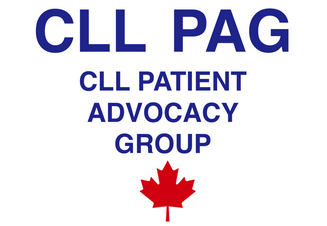
Leadership When Chronic Illness Strikes
bh in BriefCLL resources for patients
Notes: 1 Government of Canada. 2014, November. When Work and Caregiving Collide: How Employers Can Support Their Employees Who Are Caregivers . Report of the Employer Panel for Caregivers. Ottawa, ON: Canadian Employers for Caregivers Plan (CECP). Available: www.esdc.gc.ca/eng/seniors/reports/cec.shtml |
Inevitably, descriptions of women’s strengths in the workplace include characteristics like their relational leadership style and their tendency to be empathetic and flexible. These strengths also make women good caregivers, not just of children, but increasingly, of adult family members and other loved ones. This trend is not without consequences, for organizations and their employees, and especially, for women leaders: Informal caregiving of adults with long-term illness or disabilities is costly for both employers and employees – the Conference Board of Canada estimates the annual cost to Canadian employers alone to be $1.3 billion. More women than men have caregiving responsibilities outside work, and those responsibilities take them away from work for longer periods of time. 1 What are the challenges of CLL? One disease that challenges women’s ability to have full personal and professional lives is chronic lymphocytic leukemia (CLL), a type of cancer of the blood that typically occurs in older populations. Challenges affect both employers and employees. They are felt in the workplace, not simply because CLL can strike employees, but also because the demands of CLL mean that some employees become caregivers for older loved ones. Can people work after diagnosis? Each CLL patient is different. For some, the chronic nature of the illness leads to feelings of anxiety, fear and depression. Many try to work while feeling more tired than usual or short of breath. They may lose weight and have more frequent infections. They are often away from work to get medical advice or treatments. Some prefer to work at home, to avoid exposure to infections at work. What is the role of caregivers? Caregivers often need to shift their focus away from the workplace to take on the role of navigator for their loved ones – find out about next steps, help them keep appointments, and provide general support. They may also be concerned about the impact of CLL on their own lives, both emotionally as they cope with the suffering and potential loss of a loved one, and practically as they confront the economic impact of illness and its effects on their own careers and families. The impact is even greater if they have leadership responsibilities and other employees are depending on them and their strength at work. What can employers do? Employers have a major role to play, since much is at stake. They can sponsor awareness activities and educate patients and caregivers about CLL and other similar diseases. They can encourage employees, including leaders, to come “out of the closet” and as far as possible eliminate any stigma associated with disclosure of their own illness or their caregiving responsibilities. Most important, they can implement written policies that include offering options like working at home, temporarily reassigning jobs, permitting various forms of leave, and allowing flexible hours. Ultimately, flexibility is the key to reducing barriers. When illness strikes, employers who wish to boost productivity and the long term health of their organizations must be mindful of the need to provide choices that foster the career development and leadership aspirations of all of their employees, especially women. WHAT TO DO? |


